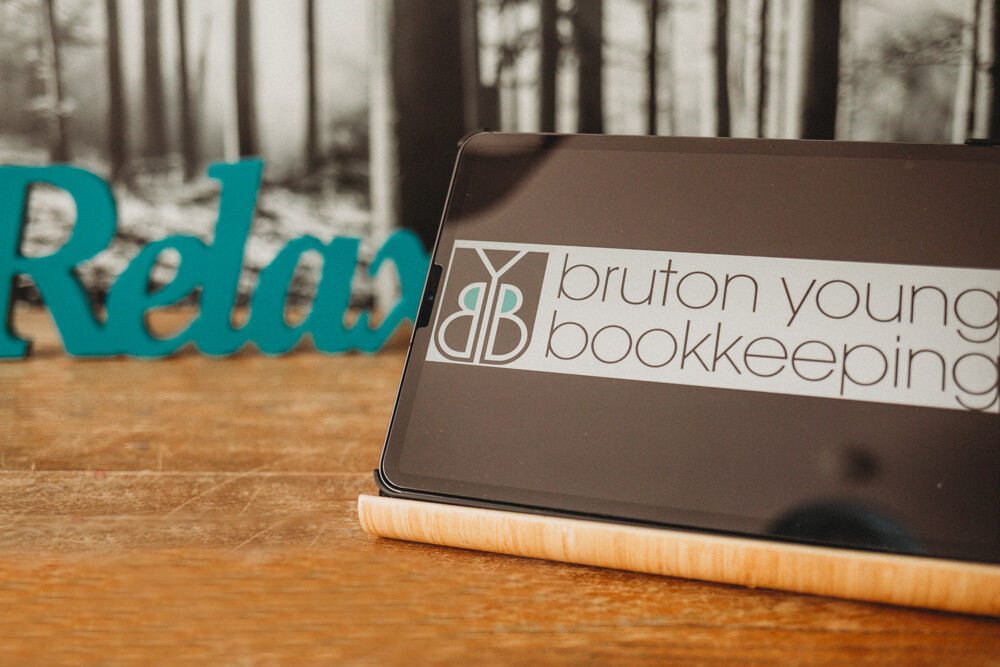One of the hardest and possibly most frustrating things about running your own business or being a freelancer is getting paid on time. No one wants to do extra admin or send reminder emails, as it’s unpaid time spent doing mediocre tasks when you could be doing something else. Research shows that about half, that’s a massive 50% of invoices are not paid on time. This means they are paid late. That isn’t fun. When you’ve done the work, you need paying. You’ve got rent to pay and food to buy for your family so you need your dough within your payment terms. If you have employees they need their salaries paying too. Unpaid invoices cause real stress for small businesses. Here are some top tips for making sure those invoices are settled by the due date.
Firstly, make sure you have a system in place to create invoices. A template is an easy thing to pull together. You then simply have to change the invoice date, the client and the job undertaken. Having your bank details, business name, maybe even your logo on there already means that these don’t need to be added in which means less time for you producing invoices. You may have to include client specific details on the invoice so ensure there is appropriate space for these. They may include purchase order numbers or reference codes. Not adding these might result in payments being delayed so making sure there is space for these is ideal.
Be consistent with your payment terms and ensure these are reinforced. Sometimes the client might have their own payment terms (especially with large corporations) which you might have to accept, however you're perfectly entitled to set your own payment terms. This could be 7, 14 or perhaps 30 days. Make sure these are detailed on your invoice templates and also mentioning it on the email when you send them over is perfectly acceptable too. Many people shy away from this as you can feel like you’re coming across as rude, however putting it in a polite way is simply a reinforcement of when payment is accepted. Adding a ‘Thank you once again for your custom’ type of message helps promote that professional and friendly vibe.
Getting your invoices created and sent to the client as soon as possible after the work is complete is also a good thing to do. The ball is then in their court and it’s out of your hands, with the payment term days mentioned above starting to pass by. Most businesses have a specific day when they will settle invoices and if one is sent after that day, it won’t be sorted out until the following week, for instance. The sooner you get that invoice across to them and the payment terms countdown starts, the sooner you shouldbe paid. If you’re not, you can send that first follow up email sooner which should hopefully usher them into sorting it.
You may have a late payment fee on your invoice, which is perfectly acceptable, but have you considered having an early payment discount? If a business owner sees a way of saving money, they are likely to take it. Maybe a 2% discount if the payment is received within a week? If the invoice is £1000, that’s £20. You might think of £20 being a few pints in the pub on a Friday night, but what’s your time worth too? Every follow up email or phone call chasing invoices is time you’re not getting paid to do something else or time you’re not spending with your family. It could be worth it if the invoice gets paid quickly so you have money in the bank, can make interest on it and can pay your bills. Of course, you shouldn’t have to do this to get paid but having this kind of discount might just get your invoice to the top of the pile and that payment into your account quickly.
Don’t forget that good bookkeeping is also paramount when running your business. If all your invoices are numbered and one hasn’t been paid, a bookkeeper will spot this as they work on accounts day in day out. If you need bookkeeping services for your small business, please get in touch.


